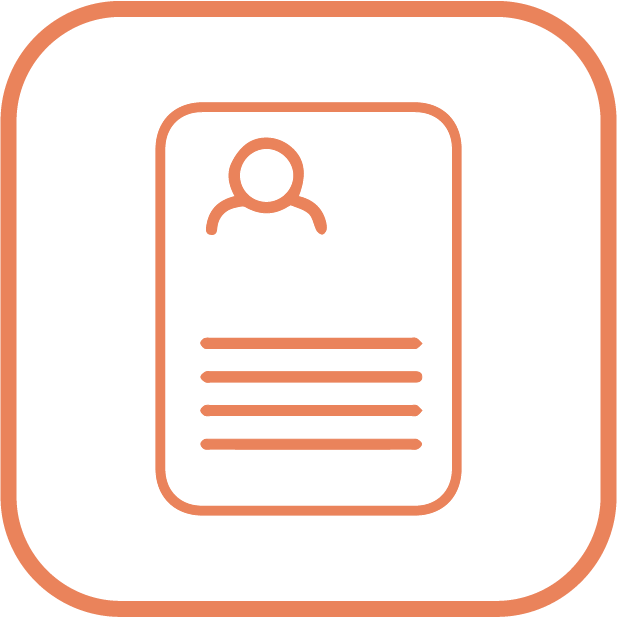
Work Experience Fact Sheet
What is a Work Experience?
A Work Experience is a Career Preparation activity in which a learner is at a worksite doing real work for pay. The learner is held to the same expectations as all employees and is evaluated by the worksite supervisor based on workplace expectations and performance.
Work experiences range from regular, paid employment in summer and/or year-round jobs to subsidized employment and learning-rich work experience. They include both “found” jobs and those arranged by the school or program. There are also a range of education and training linked work experience program types defined at the state and federal levels.
Work experiences are one activity in the continuum of authentic work-based experiences provided to all learners engaged in career-related programs or course of study in the Earn and Learn community.
Work Experiences Are Designed To:
- Promote hands-on, real-world experience in a field of interest.
- Provide productive value for the employer.
- Offer opportunities to develop, practice and demonstrate work-readiness skills.
- Build occupational knowledge.
- Create awareness of the education needed to be successful in the industry.
Work Experiences Are Structured To:
- Enable learners to practice and prepare for work, potentially in an area of career interest.
- Help learners develop and demonstrate Work-Readiness Competencies.
- Build knowledge about the education and training needed for a particular job, career path and advancement in the industry.
Work Experiences Are Supported By:
- Classroom preparation, including research on the industry and participating businesses.
- Employer orientation and support.
- Opportunities to reflect upon the experience verbally and in writing.
Work Experiences Are Connected To:
- Individual career development/training plans.
- Future work-based learning activities.
- The learner’s next steps.
WBL Connectors Work Experience Checklist
Quick tips for Work-Based Learning Connectors to ensure a successful work experience.
Before The Work Experience:
- Define the work experience program structure (timeframe, expectations, host expectations, and staff support, for example).
- Identify all interested teachers/faculty and help them plan for the work experience activity.
- Prepare teachers/faculty and encourage them to support and leverage the work experience. Share and review the Teacher/Faculty Tip Sheet with them.
- Work with teachers/faculty to create a list of interested and qualified learners.
- Select and refer appropriate candidates for interviews,
- matched to employer/supervisor specifications.
- Provide supervisor with the Employer Work Experience Tip Sheet and What Every Worksite Supervisor Should Know.
- Determine the worksite supervisor’s preferred form and frequency of contact.
- Distribute and collect appropriate forms.
- Identify learning objectives and complete the WBL Plan
- Address any transportation or safety gear needs.
During The Work Experience:
- If possible, meet with learners and worksite supervisors at their workplaces and observe workplace activities. Make sure these visits are pre-arranged with the host and don’t disrupt workflow.
- Regularly assess learner progress and impact of the experience.
After The Work Experience:
- Have the worksite supervisor complete the WSS Evaluation and review with the learner.
- Document the work experience in ELENA. Get feedback from employers and teachers/faculty and summarize the results using the WBL Activity Evaluation.
- Help learners update their Resume’ and career development plan and think about any next steps they would like to take to further their career goals.
- Work with teachers/faculty to coordinate “go deeper” activities to connect the work experience to the classroom and their career goals.
- Take pictures from the work experience and provide them to the company for use on their website or newsletter. Ensure you have signed releases for all photos.
- Publicize the work experience and the business that participated by placing a story in the local newspaper or posting on the school or agency webpage.
- Consider other potential public relations benefits and opportunities.
This includes Earn & Learn work-based learning connectors and others who facilitate, arrange and support work-based learning activities for learners.
Sample Timeline
- Beginning of the school/program year or cycle: Identify interested teachers/faculty and brainstorm business partners who could participate.
- Two months in advance: Invite business partners to list opportunities and post in ELENA.
- One month in advance: Screen learners to employer specifications and arrange for interviews with the employer.
- One week in advance: Confirm selection and make sure the learner has proper documentation.
- During work experience: Visit worksite, if possible, and observe workplace activities. Provide support and address any issues that may arise.
- After work experience: Send thank-you notes to employers and supervisors and ensure learner reflection activities take place.
Tips For Success
- Conduct Effective Planning
- Prepare for Success
- Identify Learning Objectives
- Create Authentic and Engaging Experiences
- Connect to Careers
- Support Learner Growth
- Ensure Activities are Safe and Legal
- Provide Ongoing Support
- Provide for Reflection, Presentation and Feedback
- Connect to the Learner Next Step
- Assess and Document the Experience
Remote Note
In a remote work experience, a learner is engaged as an employee with an employer or organization partner. As with internships. many industries and employers have recently shifted to a model where their employees work from home-based settings. Most of these employers have established protocols, communications systems and supports to ensure that work is productive, employees are engaged and connected to each other. These same protocols apply to learners who are working from home. Follow the tips for remote internships when implementing remote work experiences for learners.
Work Experience Downloads
Complete Activity Guide
Implementation Tools:
Support Materials
Learner Preparation
- Research the job. company and industry of the employer.
- Discuss how the work experience can help them meet learning objectives.
Learner Reflection
- Spark learner reflection with an activity.
- Ask, “What new things did you learn from this job and what skills did you acquire?”
- See if they want to find out more or further explore different jobs and careers in the employer’s industry.

